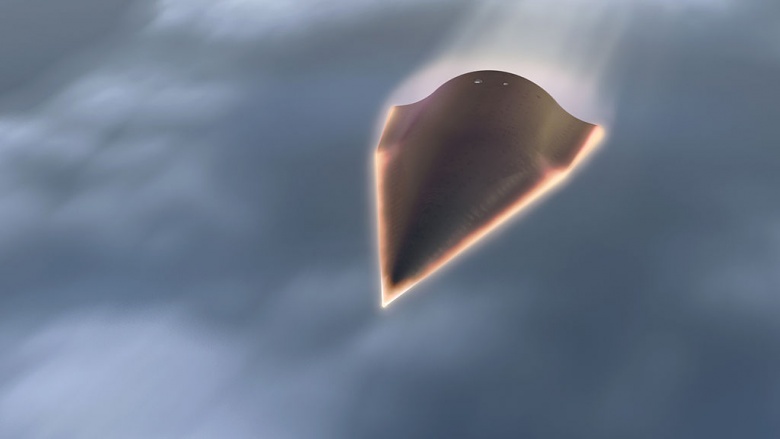Playing nice keeps us all safer: By working together, Russia, China and the U.S. could thwart hypersonic missile development globally, reducing risk of war
12/15/2017 / By Jhoanna Robinson

A new report issued by Santa Monica, California-based nonprofit global policy think tank RAND Corp. suggested that despite their differences, Russia, China, and the United States should band together to get rid of an impending security threat – the emergence of hypersonic missiles across the three powerful nations.
Hypersonic missiles, which include both hypersonic cruise missiles and hypersonic glide vehicles, are a new breed of danger, for they both have the ability to fly at speeds faster than 5,000 kilometers per hour, which is more than five times faster than traditional cruise missiles.
The diffusion of hypersonic technology is getting a head start in Europe, Australia, India, and Japan, with many countries starting to take interest in such technology. Proliferation could traverse multiple borders if hypersonic technology is made available on world markets, marking less than enough time to prevent proliferation.
“Hypersonic missile proliferation would increase the chances of strategic war. It would give nations an incentive to become trigger-happy,” said lead author and RAND political scientist Richard Speier. (Related: U.S. missile defenses rendered totally obsolete by Mach 10 hypersonic missile developed by China.)
Researchers say there is we have less than 10 years to be able to substantially prevent the potential proliferation of hypersonic missiles and related gadgetry.
The report is called “Hypersonic Missile Nonproliferation: Hindering the Spread of a New Class of Weapons”. Other authors of the report include George Nacouzi, Carrie Lee, and Richard M. Moore.
Russia’s new sixth-generation plane has hypersonic weapons
Meanwhile, the Russian defense industry is beginning to look for a template for a sixth-generation fighter jet that would replace the Sukhoi Su-57 PAK-FA. One new technology that is currently being developed for the new plane is the so-called radio-photonic radar.
“The radio-photonic radar will be able to see farther than existing radars, in our estimates. And, as we irradiate an enemy in an unprecedentedly wide range of frequencies, we’ll know its position with the highest accuracy and after processing we’ll get an almost photographic image of it – radio vision,” said Radio-Electronic Technologies Group (KRET) deputy chief executive officer Vladimir Mikheyev during an interview with the state-owned TASS news agency.
“This is important for determining the type [of an aircraft]: The plane’s computer will immediately and automatically identify a flying object, for example, an F-18 with specific types of missile armament,” he added.
Aside from this, the Russians are in the process of fielding a new electro-optical sensor.
“A powerful, multi-spectral optical system operating in various ranges – the laser, infrared, ultraviolet, and actually, in the optical band, which, however, considerably exceeds the spectrum visible to humans. One drone in a formation flight will carry microwave weapons, including guided electronic munitions while another drone will carry radio-electronic suppression and destruction means, and a third [unmanned aerial vehicle] will be armed with a set of standard weaponry,” Mikheyev said.
Michael Kofman, a research scientist who specializes in Russian military affairs at the Arlington, Virginia-based nonprofit organization Center for Naval Analyses, said even though the Kremlin currently might not have enough funds for the project, it should be noted that the Russian defense industry is updated when it comes to advancements in the tactical aviation field.
“I think the important takeaway is that Russia defense industry recognizes some of the key trends in military science and weapons technology. It’s unclear how much funding will be truly available in the coming state armament program for 2018-2025 to support these numerous projects, but undoubtedly KRET hopes to secure support for several lines of effort, and is, therefore, advertising prospective systems that Russia is probably quite a ways off from developing,” Kofman said.
For more stories on how America’s system is among other world superpowers, visit NationalSecurity.news.
Sources include:
Tagged Under: collaboration, electro-optical sensor, future tech, hypersonic weapons, military defense, multi-spectral optical system, national security, political science, radio-photonic radar, Russia, Russian defense industry, sixth-generation plane, strategic war




















